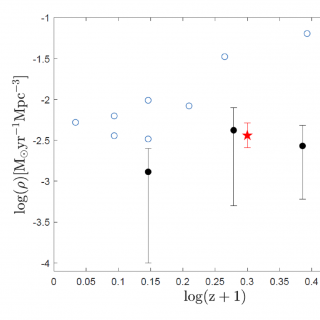
We present the analysis of a sample of Halpha, Hbeta and [OII] emission line galaxies from the OTELO survey, with masses typically below log(M */Msun) = 9.4 and redshifts between 0.4
This section includes scientific and technological news from the IAC and its Observatories, as well as press releases on scientific and technological results, astronomical events, educational projects, outreach activities and institutional events.

We present the analysis of a sample of Halpha, Hbeta and [OII] emission line galaxies from the OTELO survey, with masses typically below log(M */Msun) = 9.4 and redshifts between 0.4
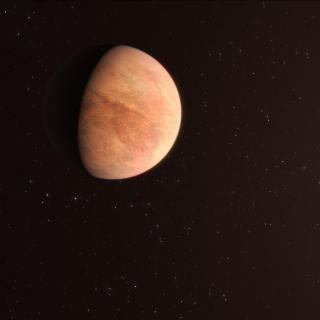
An international team of astronomers, in which the Instituto de Astrofísica de Canarias (IAC) has participated, has found an exoplanetary system formed by several planets similar to the inner planets of the Solar System, orbiting around the nearby star L 98-59. Among them there is a planet with half the mass of Venus -the lowest mass exoplanet ever measured using the radial velocity technique-, an oceanic planet, and a planet possibly within the habitable zone.
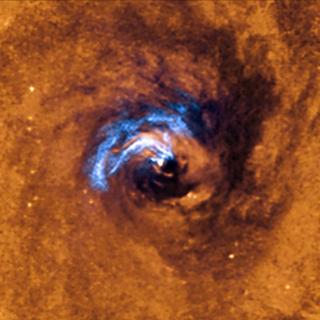
The black holes at the centres of galaxies are the most mysterious objects in the Universe, not only because of the huge quantities of material within them, millions of times the mass of the Sun, but because of the incredibly dense concentration of matter in a volume no bigger than that of our Solar System. When they capture matter from their surroundings they become active, and can send out enormous quantities of energy from the capture process, although it is not easy to detect the black hole during these capture episodes, which are not frequent.
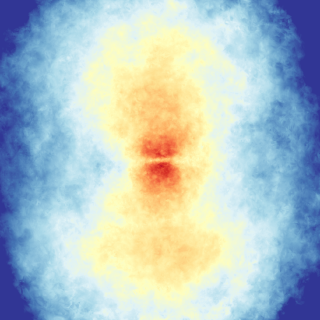
Every massive galaxy hosts a black hole in its center. Both the size and the mass of these black holes is negligible compared to the host galaxy, millions of times bigger and more massive. Yet, and despite their apparent irrelevance, black holes play a fundamental role in the Universe: without them we don’t understand how galaxies form. Thus, understanding the co-evolution of galaxies and black holes is a central question in modern astrophysics. By analyzing the properties of hundreds of thousands of galaxies we have been able to show that a black hole can affect, not only its own galaxy
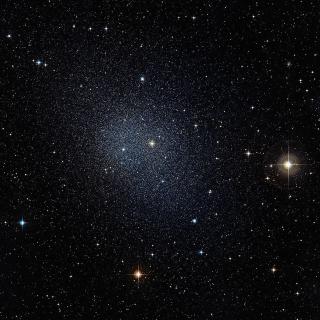
An international team of astrophysicists from the Instituto de Astrofísica de Canarias (IAC), the University of La Laguna (ULL) and the Space Telescope Science Institute (STScI, USA) has discovered the presence of transverse rotation (in the plane of the sky) in three dwarf spheroidal galaxies, a very faint type of galaxies and difficult to observe, which are orbiting round the Milky Way; this helps to trace their evolutionary history. The finding was made using the most recent data from the GAIA satellite of the European Space Agency. The results of the study have just been published in the
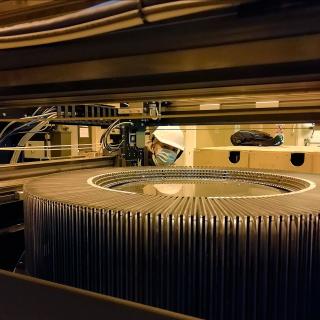
All the main components of the new multiobject spectrograph WEAVE on the William Herschel Telescope (WHT) in the Roque de los Muchachos Observatory (Garafía, La Palma) have arrived on the island. The Instituto de Astrofísica de Canarias (IAC) has played an outstanding role in the design and production of the parts of this instrument, the work of an international collaboration, which will start its commissioning after immediate integration on the telescope.